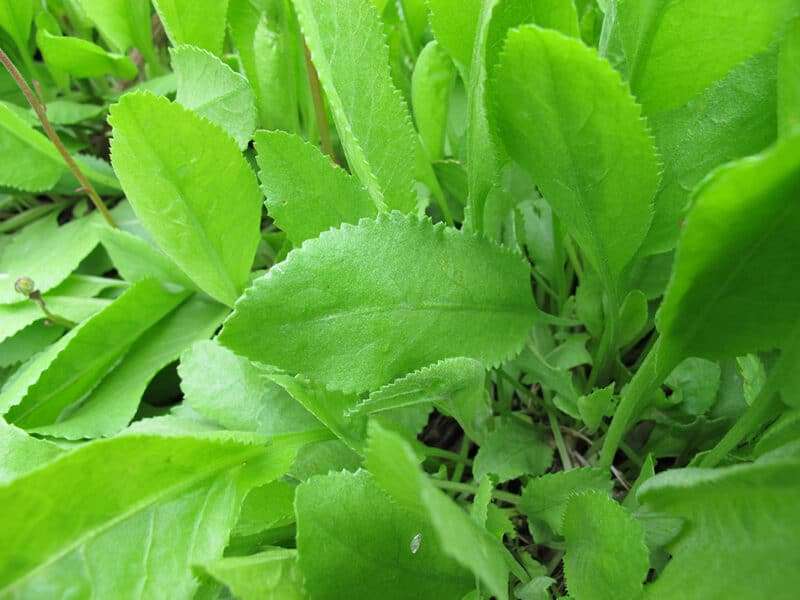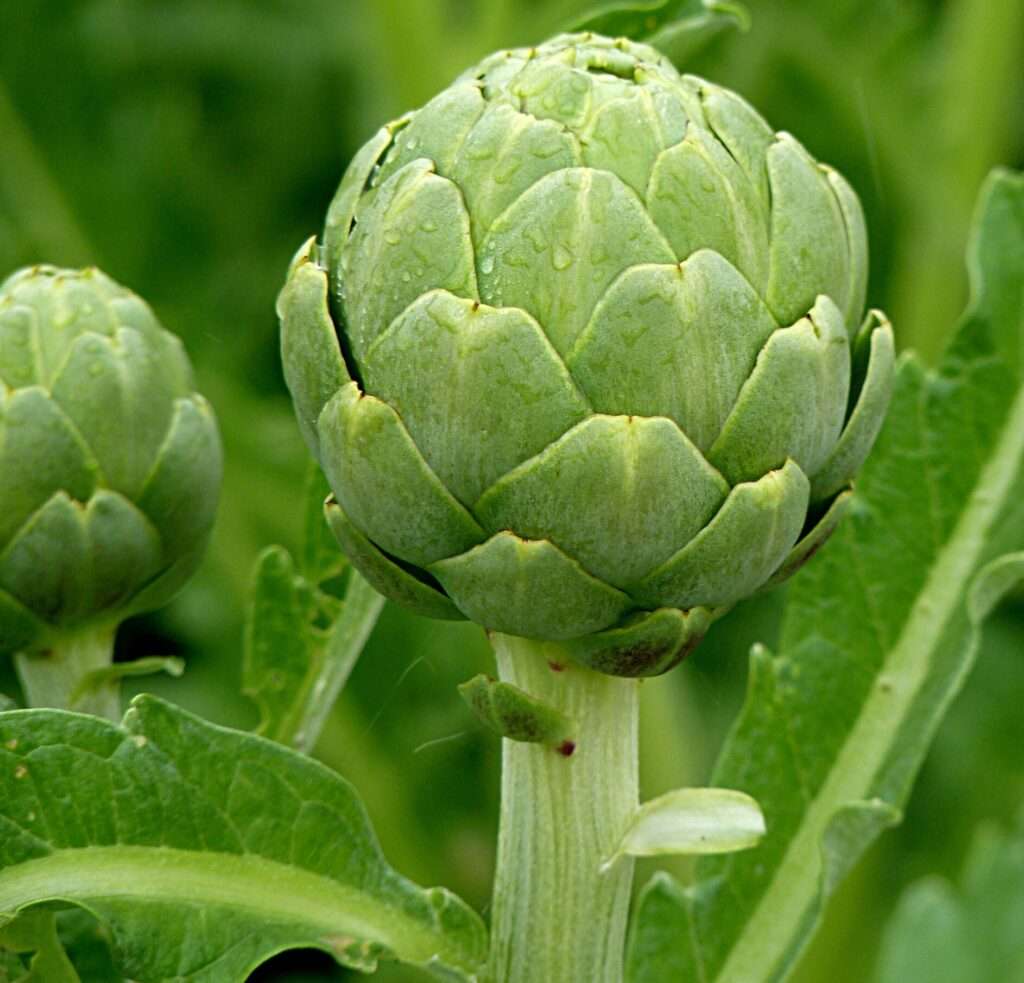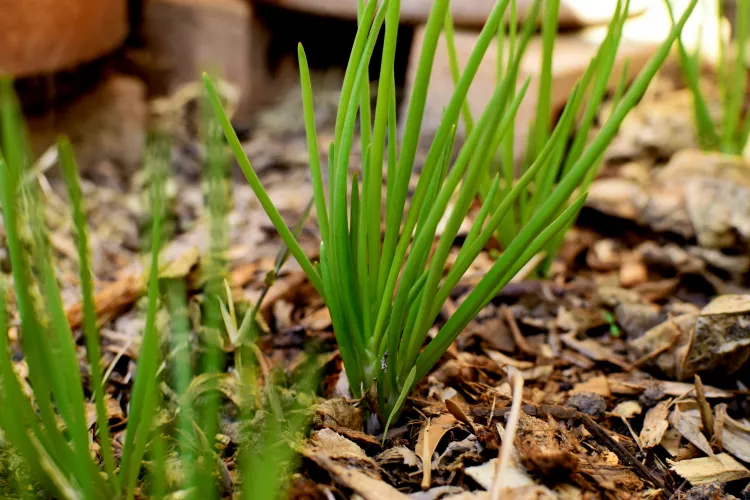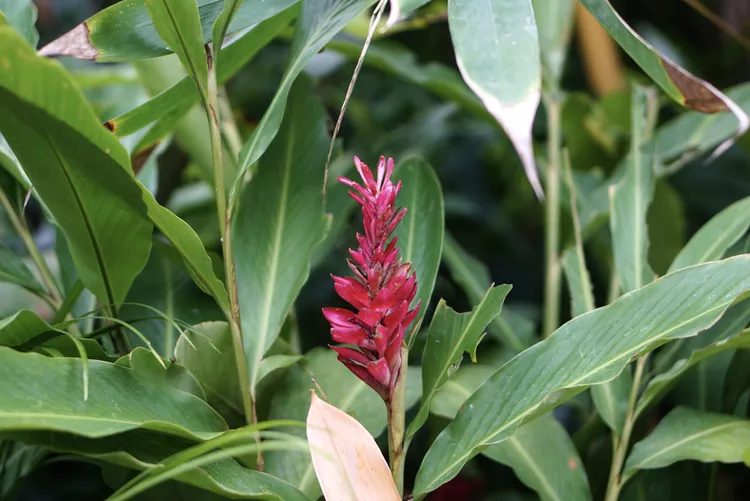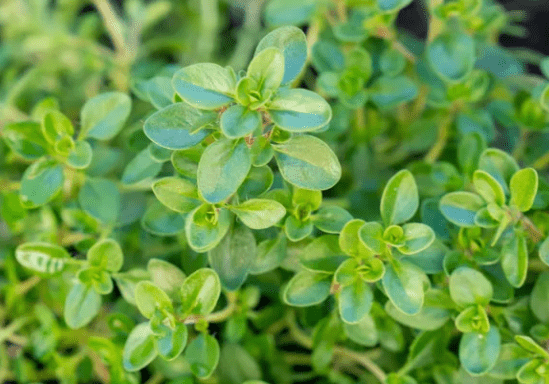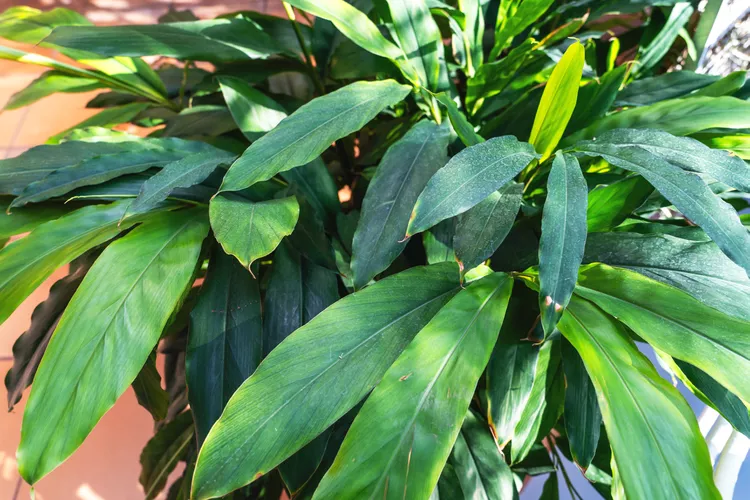Lovage
Description The herbaceous, perennial plant grows upright and produces flowers in umbels at the top of its stalks. It has a base rosette of leaves and stems with additional leaves. When crushed, the lustrous, glabrous green to yellow-green stems and leaves have a faint celery-like scent. The stem leaves are smaller, less split, and have […]




